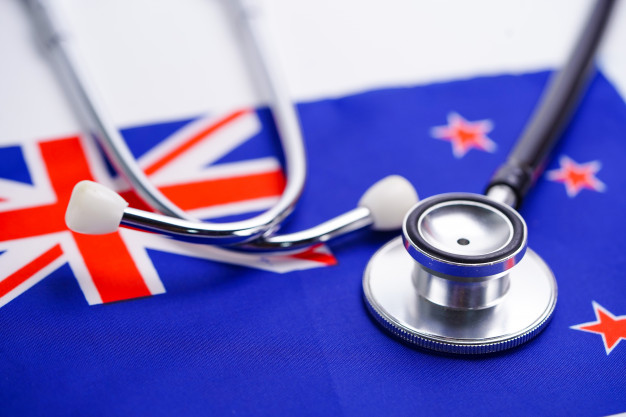New Zealand is expanding the service of electronic prescription to make it easier for citizens to obtain the medicines they need, Health Minister Andrew Little has announced.
“E-prescribing makes sense because it can be faster, safer, cheaper and more convenient, but until recently it was hardly done,” Andrew Little told the Digital Health Association at an event in Parliament on August 24th.
The COVID-19 pandemic changed that, with the number of medical consultations using the government’s official electronic prescription service rising from 415 in March 2020 to 1,038 in March this year. The number of electronic prescriptions issued went from 624,300 to 1,559,427.
During the event, the minister clarified that “it is still a bit complicated, and cannot be used for the prescription of any controlled medication, such as morphine, so I am pleased to announce that we are going to expand the Electronic Prescription Service.”
“It will no longer be necessary for controlled drug prescriptions to be on paper, with a physical signature. We can finally say goodbye to faxes.”
New Zealand opens Health Fund for Pacific communities
Some of the facilities that were promoted
In the case of medicines for some chronic diseases, such as ADHD, prescribers will be able to increase the period of time covered by a single electronic prescription, reducing the number of times that patients have to go to their GP to repeat prescriptions.
It will also reduce administration costs for doctors’ offices, which will no longer have to print, mail and store paper prescriptions.
“Digital innovation is critical to unlocking the full potential of our reformed healthcare system. Health technologies are constantly changing. We need to think about how we can use them to work smarter and help all New Zealanders get the healthcare they need,” said Andrew Little.
The New Zealand Electronic Prescribing Service is an electronic health information exchange agent managed by the Ministry of Health. Physicians and other prescribers submit prescriptions to the service through a secure channel, which are then sent to pharmacies for dispensing.
New Zealand says goodbye to faxes: drug prescriptions will no longer need to be on paper with a physical signature
Advantages of electronic prescriptions
Electronic medication management systems have been shown to significantly reduce the number of patients harmed by medication errors and adverse drug effects. Some of the advantages it entails are:
- Avoid illegible, ambiguous, or incomplete prescriptions.
- Provides a single, comprehensive view of a patient’s current and historical medication record.
- Provides real-time decision support to guide and improve prescription appropriateness and accuracy.
- It improves the communication of information in real time between prescribers, pharmacy and nursing.
The changes are expected to take effect at the end of the year, and will be especially helpful for people who find it hard to visit a doctor for a prescription because they live too far away or can’t afford it.





![[Img #74683]](https://thelatestnews.world/wp-content/uploads/2024/12/The-main-mistakes-to-avoid-when-betting-on-electronic-sports-150x150.jpg)










Add Comment